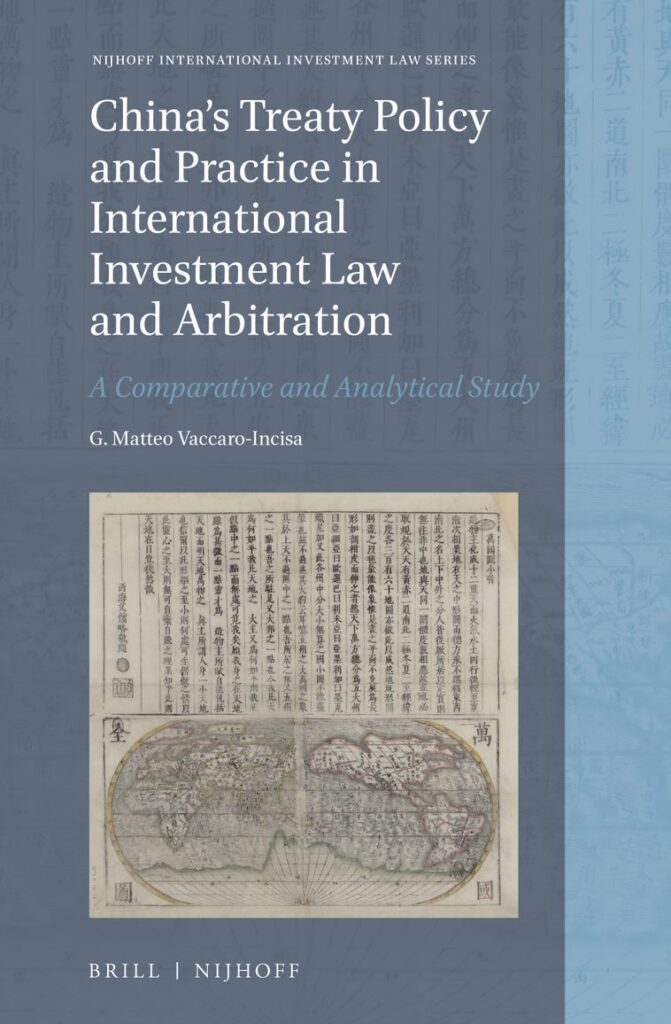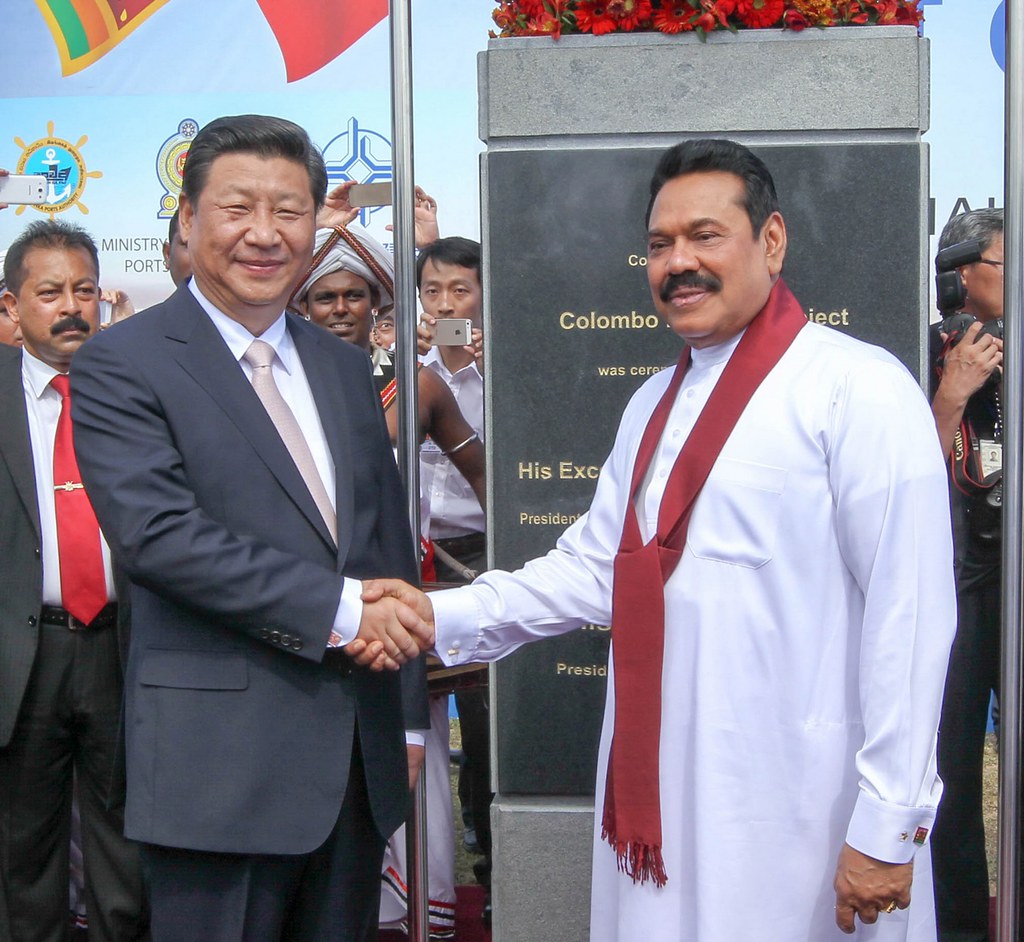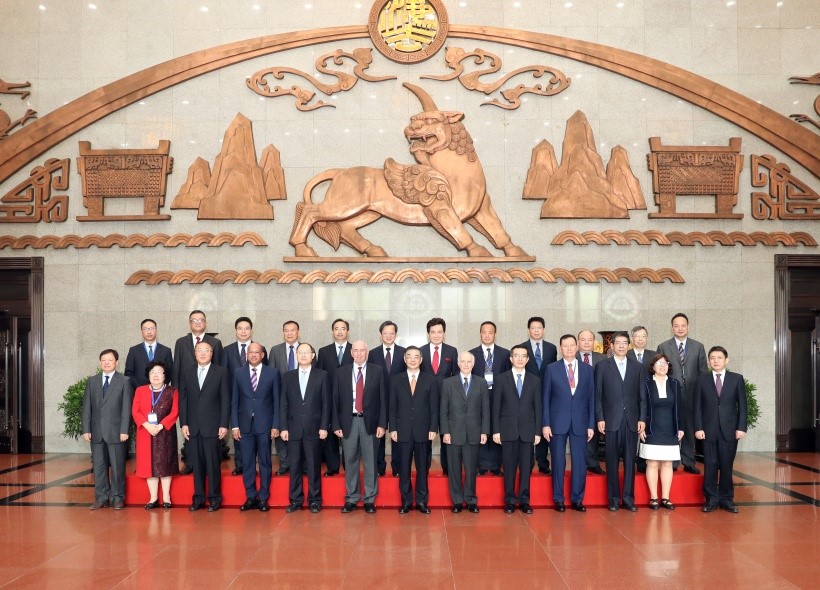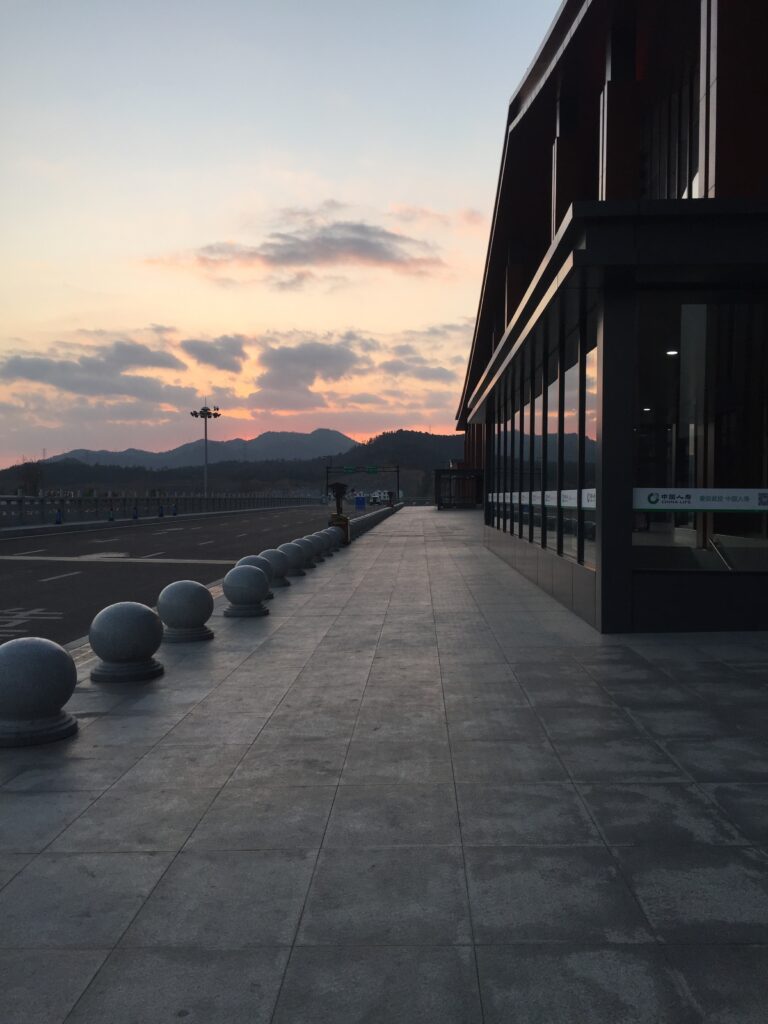A new paper by Meihui Zhang, Chi Zhang, Fenghua Li and Ziyu Liu

The construction projects realized through the Belt and Road Initiative (BRI) globally have come under attack for causing severe damage to the environment. China’s regulators have responded by issuing green finance rules. In our article we ask: Is the current framework of laws and regulations really a strong guarantee for more sustainable BRI investment projects?
In 2013, President Xi announced the BRI, an investment program to construct infrastructure and power plants in countries that join the initiative, during an official visit to Kazakhstan. At the present time, the BRI extends to more than 140 countries on three continents. Constructing mega projects requires considerable investments, an overwhelming majority of which are made by Chinese enterprises under the official policy of ‘going out’ 企业走出去. The projects are mainly financed by loans from Chinese state-owned and state-controlled banks.
While the BRI is an ambitious plan (and is sometimes compared to the Marshall Plan after the Second World War), its prospects are ostensibly dimmed in view of a number of challenges. Since the Covid-19 pandemic, China’s banks have allocated more resources to lending in the domestic market. For a resilient recovery, the halted BRI projects require more investments, however, it is unclear where such funding will come from. It appears that China’s banks are unlikely to be able to continue to provide for foreign loans on such a large scale.
The BRI faces an additional (and perhaps a more profound) challenge: Building roads and powerplants, if not well-managed, damages local environments. Several news outlets have already reported how the mega projects threaten environmental sustainability. For example, approximate 800 Tapanuli orangutans lost their treetop home in Indonesia’s Batang Toru rainforest because of the construction of a hydropower project partly financed by the Bank of China. If China and countries along the BRI fail to address these threats to the environment, the BRI cannot achieve the long-term sustainability.
One means to increase the sustainability of BRI investment projects are green finance tools. Banks can raise funds by issuance of ‘BRI theme’ green bonds and lend the proceeds to green projects in BRI host countries. Thus, at least in theory, both the constraint of funding as well as the concern over environmental sustainability can be alleviated. Utilising green finance tools, however, is only possible if domestic and international ESG investors are convinced that the ‘green projects’ are truly environmentally friendly. This requires, among others, banking and securities offerings regulations to incorporate ‘green finance’ rules so that greenwashing problems are avoided. Furthermore, the issuer of the green bond must adhere to a reputable ‘green bond standard’, and mandate that issuers of green bonds disclose information concerning the use of bond proceeds and label the bond with a third-party certification.
China’s regulatory authorities have recently issued related rules. Our in-depth examination of these rules in our recent research paper, we discovered that despite significant achievements, there remain a number of deficiencies in China’s green finance regulations. These deficiencies include a lack of legally binding force of applicable green overseas lending guidelines, insufficient environmental disclosure requirements, and fragmented rules regarding the use of green bond proceeds. Realising the deficiencies entrenched in China’s green finance regulations, the paper presents a number of policy recommendations. This study contributes to future research in the area of green finance and the BRI, particularly in terms of Chinese law and regulations.
Our paper Green Finance as an Institutional Mechanism to Direct the Belt and Road Initiative towards Sustainability: The Case of China is published in Sustainability and can be accessed here.
Meihui Zhang is a lecturer in financial law at School of Law, Tianjin University of Finance and Economics. Prior to joining TUFE, she was a lecturer (2016‐2022) at the School of Finance, Nankai University. She holds a PhD in law from University of Glasgow, an LLM and LLB degree from Renmin University of China.
Chi Zhang is a lecturer in commercial law at School of Law, University of Glasgow. He holds a PhD in law from University of Glasgow, and MPhil in Law and LLB from Tsinghua University. He is a member of the Society of Law Scholars (UK).
Fenghua Li is an associate professor at Law School, University of International Business and Economics. He received a first PhD from China University of Political Science and Law, and a second PhD from University of Glasgow. He is the Secretary-Gernaral of the UIBE Centre for BRI Legal Study affiliated to the China Law Society.
Ziyu Liu is a lecturer at Department of International Law, China Foreign Affairs University. She received her LLB degree from Renmin University of China, LLM degree from National University of Singapore, and PhD degree from University of Hong Kong.









